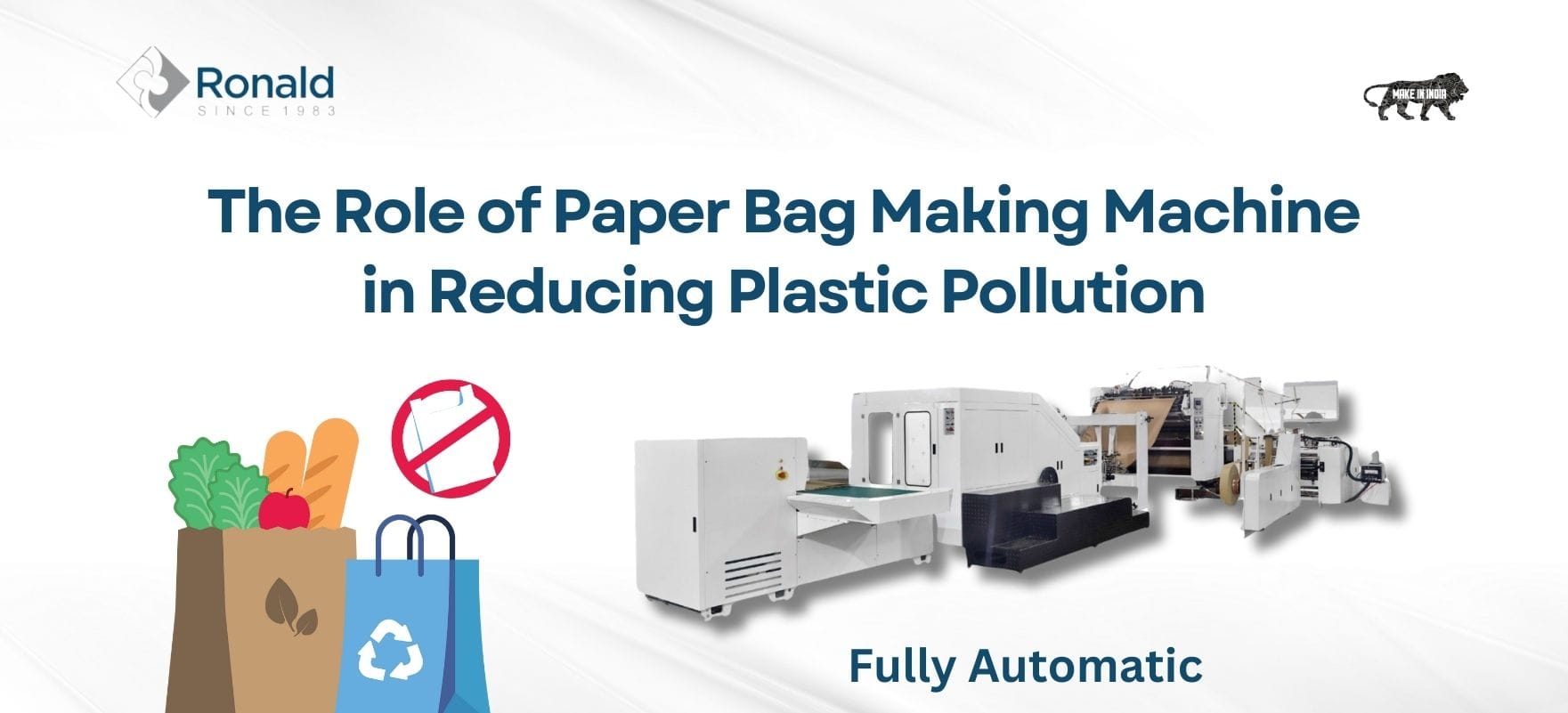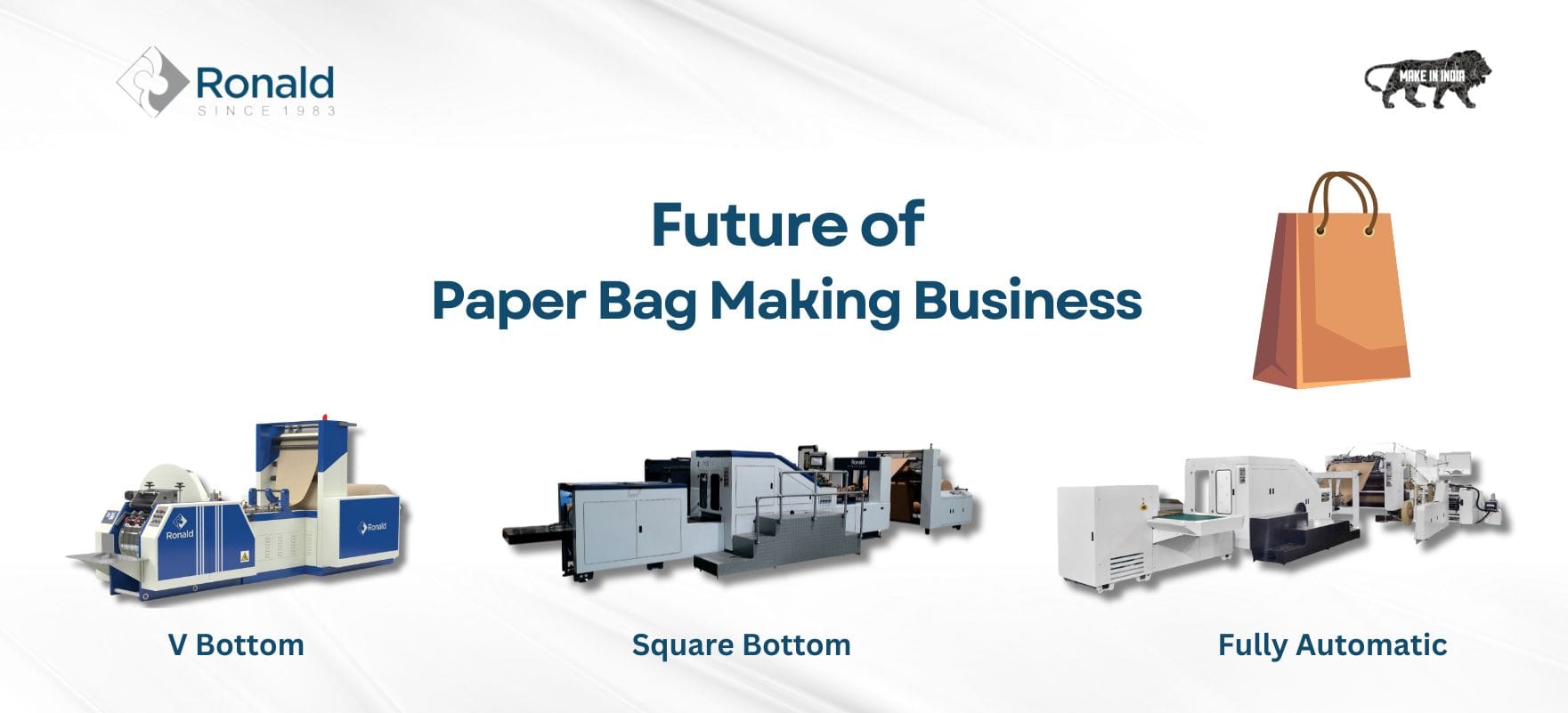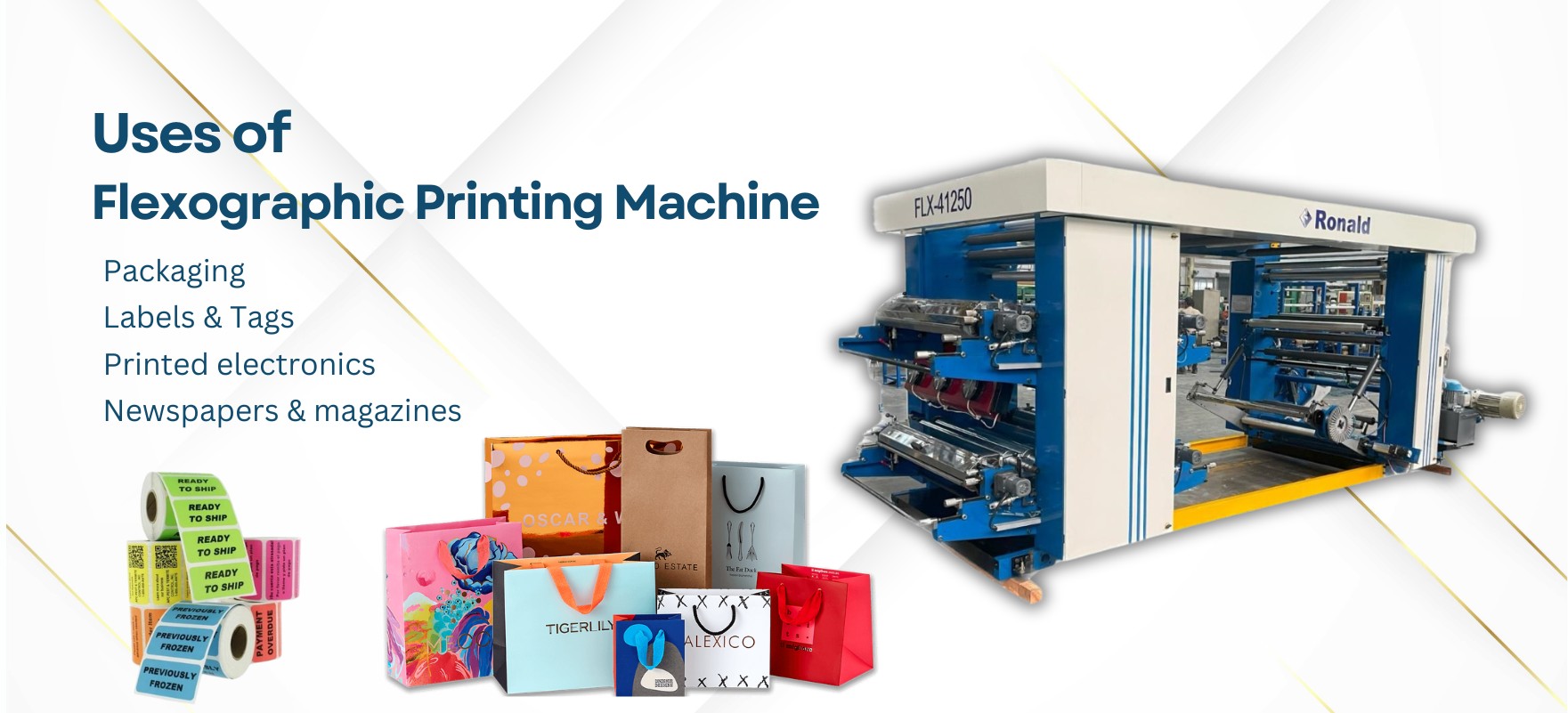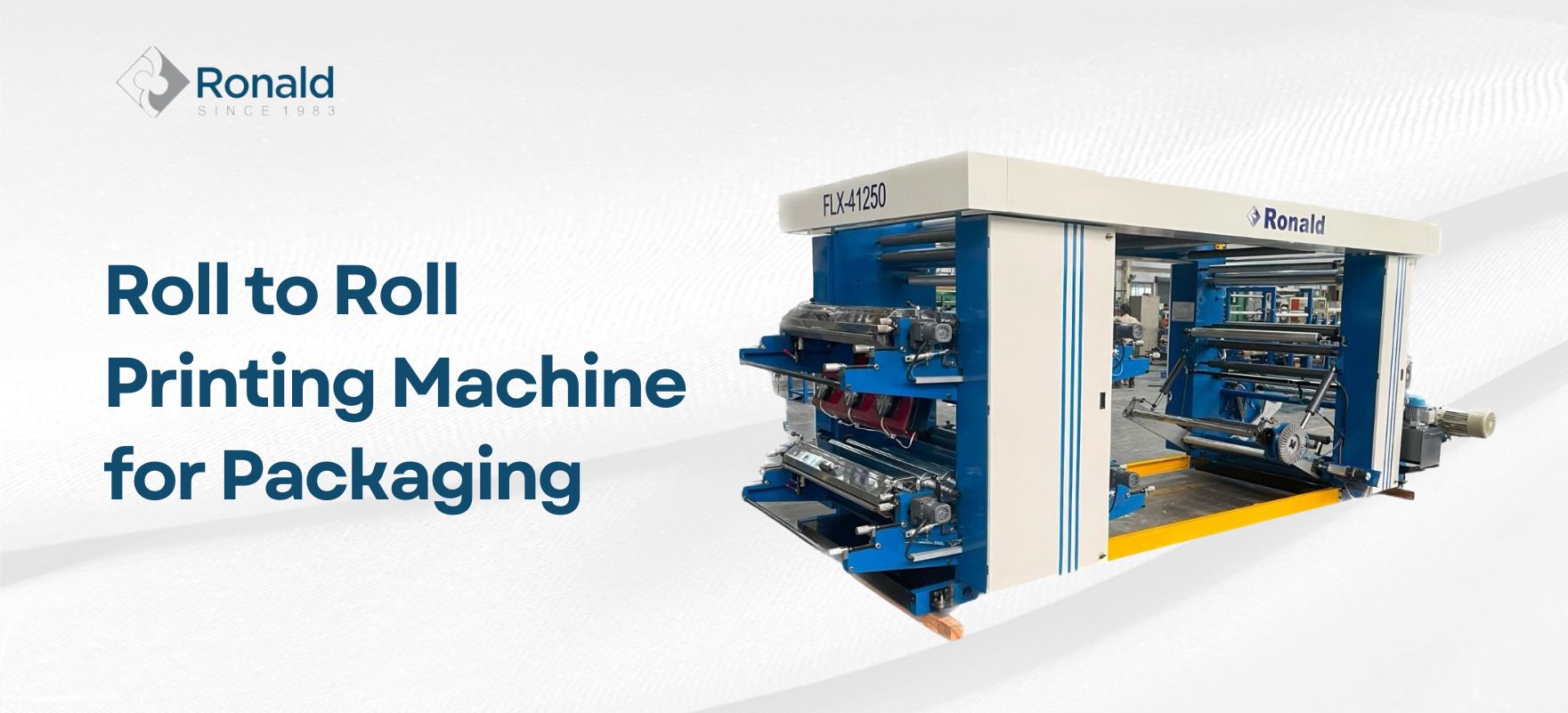
The Role of Paper Bag Making Machine in Reducing Plastic Pollution In an era where environmental consciousness is paramount, the...

Web offset printing is the most popular printing process that manages high printing speed. So, if you are wondering what exactly is web offset printing Machine and how does it work? The process of this type of printing requires the constant feeding of a paper roll through a printing press. It is entirely different from sheet-fed printing. With changing times, there are new advances coming up in the web offset printing business. Let’s find out more.
1. Enhanced Printing Speed
What makes a web offset machine the most preferred process in the print industry is speed. Unlike the old days, now the machines come with better efficiency as these are technologically sound. These machines can achieve 65,000-cylinder revolutions/h and over, which is why they prove economical. With web offset machines, it is easy to print millions of copies in a short span of time. The paper web is continuously processed by a roll and by the time, it reaches the end, a new roll is directly attached. It means, the machines can run without a break, which saves significant time.
2. More Printing Choices
Web offset printing comes with two variations and the main difference lies in the drying of the paper web. Considering the fast speed, the drying process must be streamlined to support the printing material. The coldest process comes with a vertical web lead and the drying happens through colour absorption. However, it takes longer and sometimes, leaves black marks on the fingers of readers. The printing happens through a horizontal web lead in another type of printing which is referred to as heatset. In this process, heat is used to dry the printing ink. Once the final printing is done, the paper passes through the dryer. At last, the paper is provided extra protection with a water silicone mixture to enhance the scratch resistance of the surface. With heatset, multiple tasks like cutting, folding, and perforating paper can be carried out easily.
3. Improved Dampening System
With the latest advances, different types of dampening systems are used in printing. The first one is the cloth dampening system, the conventional one, known for providing good printing results. Brush Dampening is another system where a spiral brush roller is used. It is considered an ideal system when you require long production runs and little maintenance. Spray dampening is the latest system that is known for increasing efficiency as well as print quality. It comes with decreased start-up waste and saves ink and water. This system is fully programmable which means it does not require manual efforts and is also facilitated with PLC control.
4. Auto Registration System
Earlier, manual registration was used for registration control. It used to come as a standard accessory with a machine. Every printing unit comes with its own registration adjusting handles. Then came the motorized register system, where an operator needs to adjust registration from a remote desk. An automatic registration control system is the latest one that comes with proven technology. It reduces wastage and saves huge costs. Working with a loop system does not require operator intervention. Besides, there is a camera atop the printing units that are able to detect and correct immediately. Being extremely responsive, it provides consistency and repeatability in print. This is the most advanced automation form that has made the production smoother like no other system.
5. Top-notch Printing Quality
With so many new techniques coming up, web offset printing assures excellent quality without fail. Be it an image, text, or any other material, the printer administrator controls the ink stream and gets you spotless and sharp printed results on every piece.

The Role of Paper Bag Making Machine in Reducing Plastic Pollution In an era where environmental consciousness is paramount, the...

Future of Paper Bag Making Business In a world increasingly conscious of environmental impact, the paper bag making business holds...

Uses of Flexographic Printing Machine Flexographic Printing Machine, also known as flexo press, are incredibly versatile and are used in...

Roll to Roll Printing Machine for Packaging A Roll to Roll Printing machine is designed for high-volume and continuous printing...